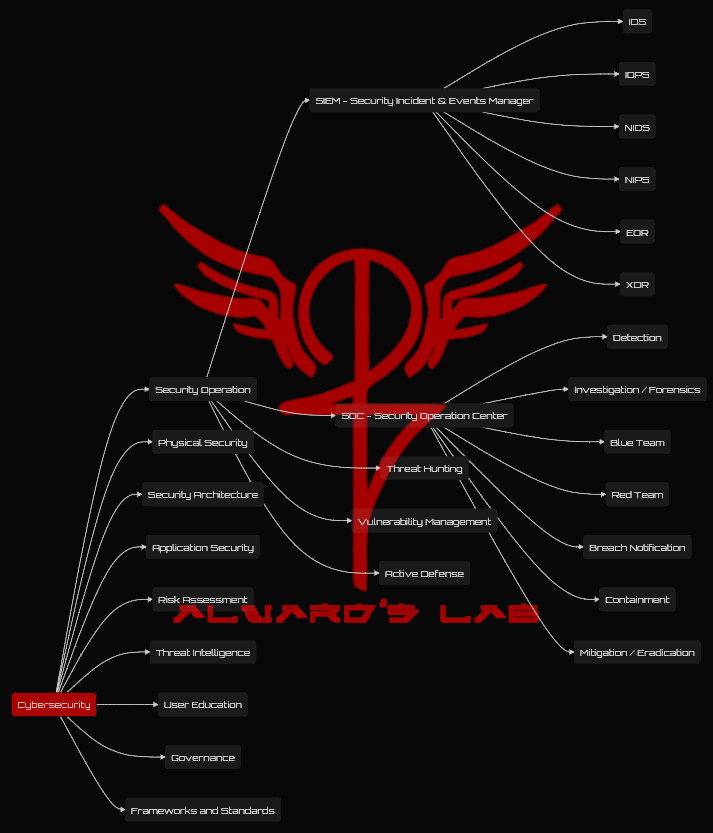
Cybersecurity is the practice of protecting information and systems from cyber threats, such as unauthorized access, data breaches, and malware attacks. It involves a range of measures, including technical controls, policies, and processes, that are designed to ensure the confidentiality, integrity, and availability of information and systems.
There are many different domains within cybersecurity, each of which focuses on a specific area of protection. Security Operation involves monitoring and protecting an organization’s IT systems and infrastructure from cyber threats, while Physical Security involves protecting an organization’s physical assets and facilities from cyber threats. Security Architecture involves designing and implementing security controls and processes to protect an organization’s systems and data, while Application Security involves protecting the software and applications that an organization uses from vulnerabilities and attacks. Risk Assessment involves evaluating an organization’s exposure to cyber threats and identifying steps to mitigate those risks, while Threat Intelligence involves gathering and analyzing information about potential cyber threats to an organization. User Education involves educating employees and other users about cybersecurity best practices and their role in protecting the organization’s systems and data, while Governance involves establishing policies, processes, and procedures for managing cybersecurity risks. Frameworks and Standards involve establishing guidelines and standards for implementing and maintaining cybersecurity controls and processes.
Together, these domains form the foundation of a comprehensive cybersecurity strategy, which is essential for protecting an organization’s systems, data, and reputation from cyber threats.

Leave a Reply